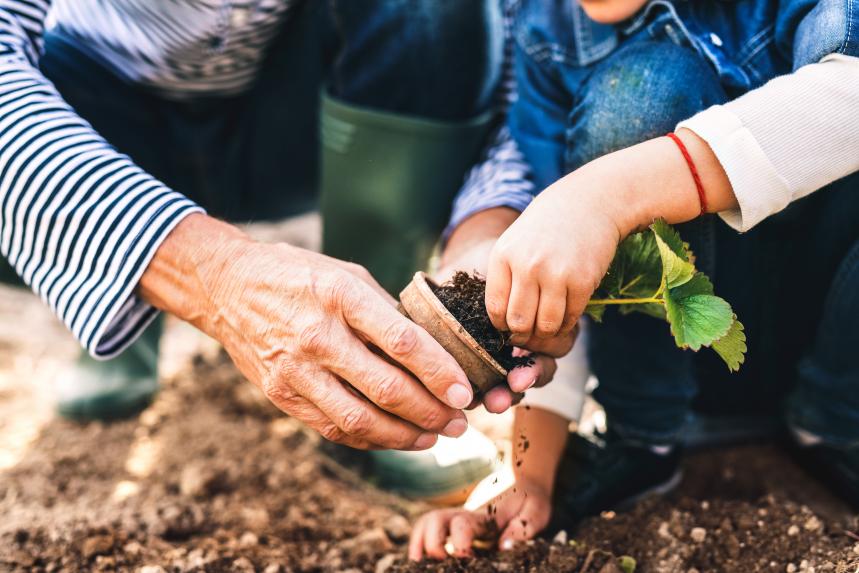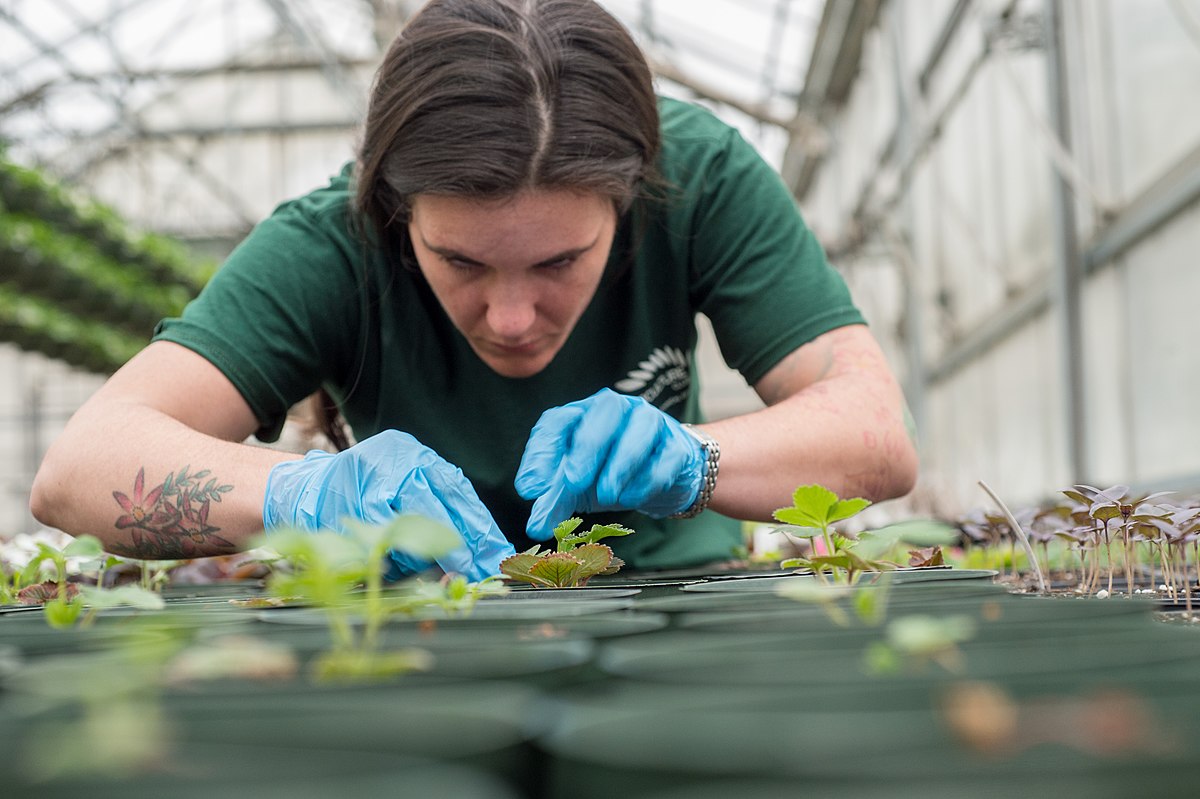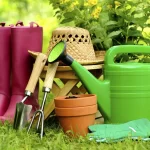Gardening Tips is a delightful and rewarding hobby that allows you to connect with nature, beautify your surroundings, and reap the fruits of your labor. Whether you’re a seasoned gardener or just starting out, there’s always room to improve your gardening skills and achieve greater success. In this article, we will provide you with a collection of valuable gardening tips and insights to help you cultivate a green thumb and create a thriving garden paradise.
Planning and Design
Understand Your Space
Before diving into gardening, take time to assess your space. Observe the amount of sunlight, soil type, and drainage conditions. Consider the microclimates within your garden, such as sunny spots, shady areas, and wind patterns. This knowledge will help you choose the right plants for each area and optimize their growth.
Start with a Garden Design
Create a garden design that reflects your personal style and meets your needs. Consider factors like color schemes, plant heights, and complementary textures. Plan for pathways, seating areas, and focal points to create an inviting and functional outdoor space.
Companion Planting
Utilize companion planting to maximize the health and productivity of your garden. Certain plants have natural affinities and can benefit each other when planted together. For example, planting marigolds alongside tomatoes can help repel pests and improve pollination.

Soil Preparation and Fertilization
Test Your Soil
Get your soil tested to determine its pH level and nutrient composition. This information will guide you in making appropriate amendments. Most plants thrive in slightly acidic to neutral soil, around pH 6 to 7.
Improve Soil Structure
Improve your soil’s structure by incorporating organic matter like compost, well-rotted manure, or leaf mulch. This enhances soil fertility, moisture retention, and drainage. Work amendments into the top layer of soil to a depth of 6 to 8 inches.
Mulching
Apply a layer of organic mulch around your plants to conserve moisture, suppress weeds, and regulate soil temperature. Mulch also adds nutrients to the soil as it breaks down. Leave a small gap around plant stems to prevent rot.
Fertilize Wisely
Use organic fertilizers or slow-release granules to provide essential nutrients for your plants. Follow recommended application rates and timings to avoid over-fertilization, which can harm plants and contribute to water pollution.
Planting and Watering
Right Plant, Right Place
Choose plants that are well-suited to your climate, sunlight levels, and soil conditions. Consider factors like drought tolerance, shade tolerance, and hardiness zones. This ensures that your plants will thrive in their designated spots.
Planting Techniques
When planting, dig a hole slightly wider and deeper than the plant’s root ball. Gently loosen the roots, place the plant in the hole, and backfill with soil. Water thoroughly after planting to help settle the soil.
Watering Practices
Water your plants deeply and infrequently, rather than shallowly and frequently. This encourages the development of deep root systems and makes plants more resilient to drought. Water early in the morning to minimize evaporation and fungal diseases.
Maintenance and Care
Pruning and Deadheading
Regularly prune and deadhead plants to promote healthy growth and extended blooming periods. Remove dead, diseased, or damaged branches. Deadheading spent flowers redirects energy toward new blooms.
Weed Control
Stay on top of weed control by regularly removing weeds before they have a chance to take over. Use hand tools or a hoe to extract weeds, ensuring you remove the entire root system to prevent regrowth.
Pest and Disease Management
Monitor your plants for signs of pests and diseases. Early detection and intervention are key to preventing widespread damage. Use organic pest control methods whenever possible, such as handpicking insects or introducing beneficial insects.
Support and Staking
Provide support and staking for taller plants, such as tomatoes, climbing vines, or heavy flowers. This prevents them from bending or breaking under their own weight and allows better air circulation.
Continuous Learning and Adaptation
Stay Curious and Inquisitive
Gardening is a never-ending learning process. Stay curious and open to new ideas, techniques, and plant varieties. Experiment with different plants, methods, and designs to continuously improve your gardening skills.
Learn from Failures
Don’t be discouraged by gardening failures; instead, view them as learning opportunities. Understand the reasons behind the failure, whether it’s improper watering, insufficient sunlight, or pest infestation. Adjust your approach and try again.
Garden Journaling
Maintain a garden journal to record your observations, successes, and challenges. Note planting dates, varieties, and specific care instructions. This will help you track progress, identify patterns, and make informed decisions in the future.

Conclusion
With these valuable gardening tips, you’re well on your way to cultivating a green thumb and creating a flourishing garden. Remember that gardening is a journey of learning, patience, and adaptability. Embrace the process, enjoy the beauty of nature, and savor the rewards of your efforts. Happy gardening!



